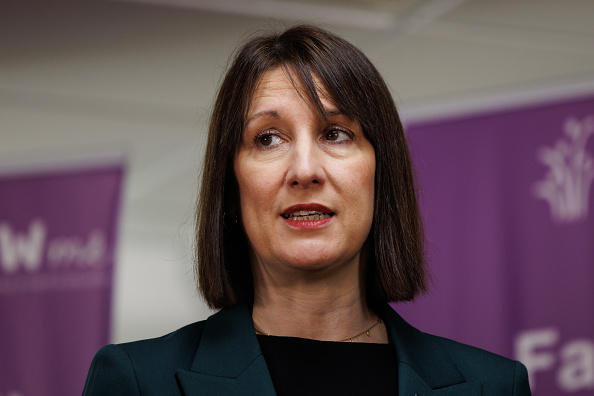The government’s Help to Grow scheme is needing a boost of its own after losing traction in small business signups.
Only 2,500 small businesses have benefitted from the scheme so far with another 800 businesses registered, according to the Chartered Association of Business Schools. This lags behind the government’s target of reaching 30,000 small businesses by 2025.
Launched by Rishi Sunak in August last year to assist SMEs pick up new skills in financial management and marketing, Help to Grow was initiated to boost productivity. It offers a 90 per cent discount on the £7,500 tuition costs of its management course, which includes support from a mentor and help developing a bespoke business plan.
In March, it was announced that as well as approved business schools, volunteers would deliver the one-to-one mentorship to businesses from the end of May, with an outsourced contractor tasked to deliver this part of the programme.
Now, the government is aiming to reignite small business interest by asking high street banks to promote the scheme’s management and digital courses to their clients.
See also: Help to Grow: digital – how can it help my business?
Critics of Help to Grow say that it excludes too many businesses. Only businesses with more than five employees are eligible to sign up to the £520m scheme.
That prompted a letter from the Association of Accounting Technicians (AAT) to call for change – asking for small businesses which went on the Small Business Leadership programme and charities to be eligible to participate and allow more than one person per company to take part.
Martin McTague, national chair of the Federation of Small Businesses, told the Financial Times: “Efforts to increase take-up are welcome. Dropping that requirement to two employees would put the initiatives on a much better footing to make a substantial impact among the micro-community businesses on which our recovery will depend.”
More on Help to Grow:
Most small firms not eligible for Help to Grow: Management scheme





